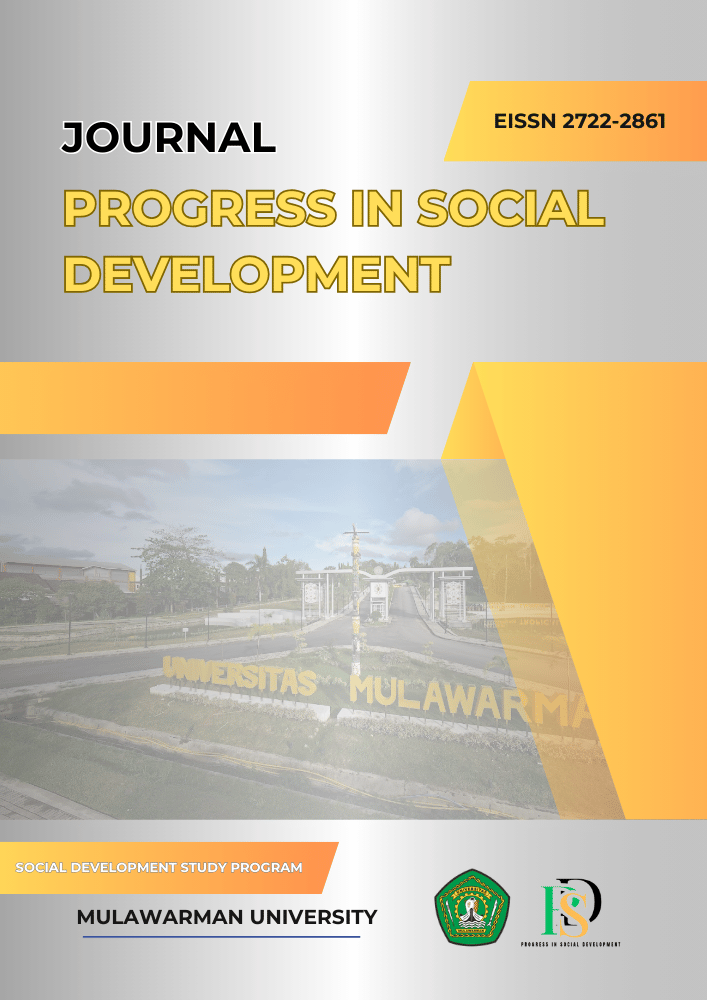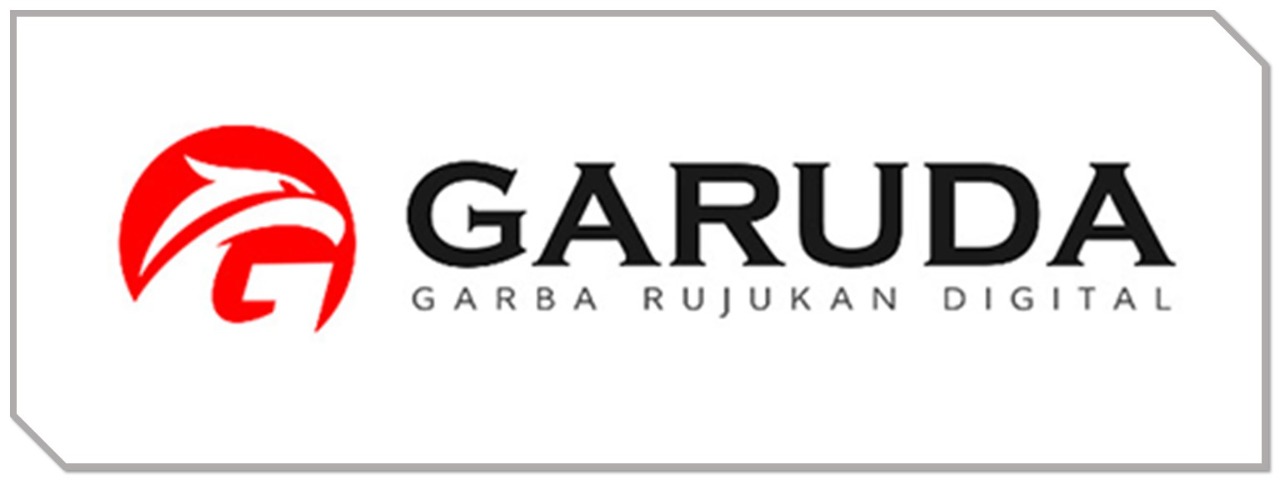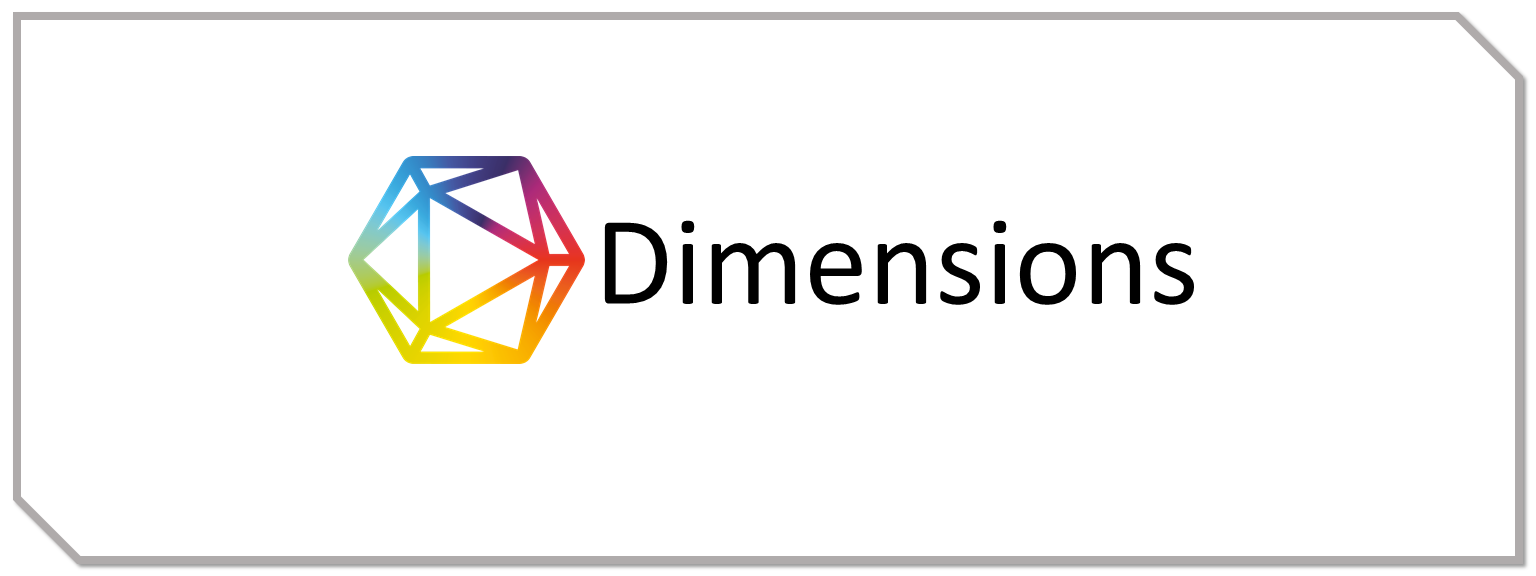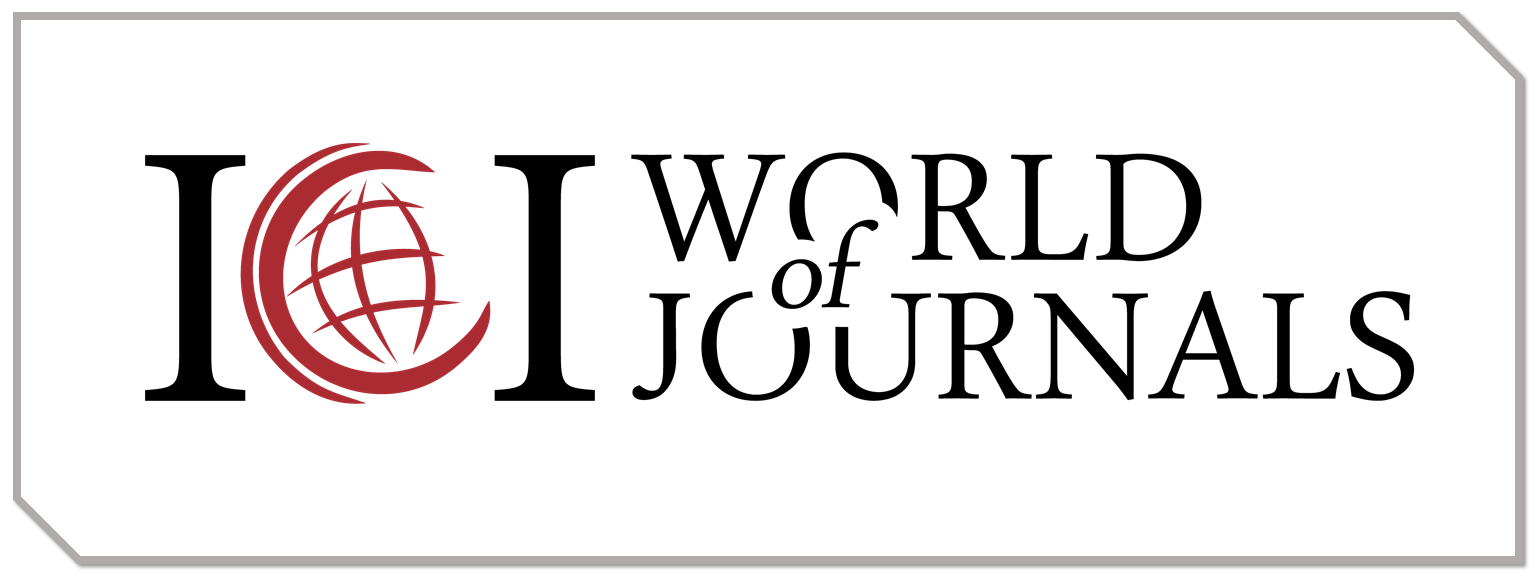CSR STRATEGY: IFAS AND EFAS ANALYSIS OF BATU LUMBANG MANGROVE ECOTOURISM PROGRAM IN NGURAH RAI GRAND FOREST PARK
Abstract
Batu Lumbang Mangrove Ecotourism Program is a corporate social responsibility (CSR) program in empowering fishermen households, developed by PLN Indonesia Power UBP Bali Company. This program was carried out in line with the condition of the Ngurah Rai Grand Forest Park as mangrove conservation area covering an area of 1,373.5 hectares on the South Coast of Denpasar City which faced the problem of potential damage due to waste with a quantity of up to 1.9 tons of garbage in the waste collection event in 2019. This study aims to examine the development strategy of Batu Lumbang Mangrove Ecotourism in Pemogan village, South Coast of Denpasar City. The study method using descriptive qualitative research conducted to analyze program development strategies concerning SWOT (strengths, Weaknesses, Opportunities, and Threats) analysis with Internal Factors Analysis (IFAS) and External Factors Analysis (EFAS) approaches. The results showed that the strengths possessed in the development of Batu Lumbang mangrove ecotourism lie in the strategy of aligning conservation activities and ecosystem utilization. Meanwhile, challenges were found in the form of waste management and infrastructure. The development of community-based mangrove ecotourism can be an effective sustainable development model, by combining environmental conservation, local economic improvement, and community education.
Downloads
References
Castanho, R. A., Couto, G., & Pimentel, P. (2020). Principles of Sustainable Tourism and Cultural Management in Rural and Ultra-peripheral Territories: Extracting Guidelines for Application in the Azores Archipelago. Cultural Management: Science and Education, 4(1), 9–24. https://doi.org/10.30819/cmse.4-1.01
Gusti Agung Ayu Putu Cahya Damayanti, I. M. C. M. (2023). Analysis of SWOT, IFAS, EFAS, and BLC in the Heavy Equipment Industry in Bali. Jurnal Riset Sains Indonesia, 14(2), 21–32.
Makalalag, W., Sakir, M., & Mediansyah, A. R. (2022). Strategi Pengembangan Kawasan Ekowisata Mangrove di Desa Tabilaa. PROVIDER JURNAL ILMU PEMERINTAHAN, 1(2), 82–91. https://doi.org/10.59713/projip.v1i2.270
Matthew B. Miles, A. M. H. J. S. (2015). Qualitative Data Analysis: A Methods Sourcebook.
Mulyadi, A., Efriyeldi, E., & Marbun, B. (2021). Strategi pengembangan ekowisata mangrove Bandar Bakau Dumai, Riau. Dinamika Lingkungan Indonesia, 8(1), 48. https://doi.org/10.31258/dli.8.1.p.48-56
PT ITS Tecno Sains. (2023). Laporan Kajian LCA PT PLN Indonesia Power Bali Power Generation Unit PLTDG Pesanggaran Tahun 2023.
Putri Risky. (2022). Strategi Pengembangan Ekowisata Mangrove Berbasis Masyarakat Dalam Menarik Kunjungan Wisatawan Di Kampung Baru Kabupaten Penajam Paser Utara. JurnalInovasi Penelitian, 4941–4949.
Sabir, M. (2020). STRATEGI PENGEMBANGAN EKOWISATA MANGROVE TONGKE-TONGKE Di KABUPATEN SINJAI. Jurnal Industri Pariwisata, 3(1), 53–60. https://doi.org/10.36441/pariwisata.v3i1.45
Titisari, P. W., Elfis, E., Chahyana, I., Janna, N., Nurdila, H., & Widari, R. S. (2022). Management Strategies of Mangrove Biodiversity and the Role of Sustainable Ecotourism in Achieving Development Goals. Journal of Tropical Biodiversity and Biotechnology, 7(3), 72243. https://doi.org/10.22146/jtbb.72243
Wahyono, A. (2016). Ketahanan Sosial Nelayan: Upaya Merumuskan Indikator Kerentanan (Vulnerability) Terkait Dengan Bencana Perubahan Iklim. Masyarakat Indonesia, Vol. 42 No.2, 185–199.
Zhao, J., Liu, D., & Huang, R. (2023). A Review of Climate-Smart Agriculture: Recent Advancements, Challenges, and Future Directions. Sustainability, 15(4), 3404. https://doi.org/10.3390/su15043404
Zheng, D., Huang, C., & Oraltay, B. (2023). Digital cultural tourism: progress and a proposed framework for future research. Asia Pacific Journal of Tourism Research, 28(3), 234–253. https://doi.org/10.1080/10941665.2023.2217958
Bastien-Olvera, B. A., Rivera, A., Gray, E. W., S, M., Favoretto, F., Ezcurra, E., & Aburto‐Oropeza, O. (2024). Mangrove preservation could have significantly reduced damages from Hurricane Otis on the coast of Guerrero, Mexico. Science of The Total Environment, 957, 177822. https://doi.org/10.1016/j.scitotenv.2024.177822
Khalasi, B. R., Chaturvedi, P., Tandel, M. B., & Dalsaniya, B. (2025). Mangroves as Coastal Defenders: Ecosystem Services and Conservation Imperatives. Asian Journal of Advances in Research, 8(1), 38–42. https://doi.org/10.56557/ajoair/2025/v8i1503
Elida, F., Anggoro, S., Putro, S. P., & Wardhani, W. N. (2025). Conceptual framework for assessing the ecotourism carrying capacity of mangrove areas at ujung piring beach, Mlonggo. In E3S Web of Conferences (Vol. 605, p. 03007). EDP Sciences.
Jahan, A., & Sujarajini, V. (2024). Preserving Coastal Treasures: Reversing Mangrove Degradation through Restoration. Review. International Journal of Innovative Science and Research Technology, 2082–2089. https://doi.org/10.38124/ijisrt/ijisrt24oct1233
Dasat, G. S. (2024). Carbon Sequestration and the Enzymic Latch Mechanism in Red, Black and White Mangrove Soils of Florida USA. Advances in Image and Video Processing, 12(3), 411–423. https://doi.org/10.14738/aivp.123.11327
Faridah-Hanum, I., Latiff, A., Hakeem, K. R., & Ozturk, M. (2014). Mangrove Ecosystems of Asia. Springer New York. https://doi.org/10.1007/978-1-4614-8582-7
Bonde, A. F., Boneka, F. B., Schaduw, J. N. W., Makapedua, D. M., Rumengan, A. P., & Manoppo, V. E. N. (2024). Study of the Potential and Development of a Mangrove Ecosystem Based on Ecotourism in Pinasungkulan Village, Minahasa Regency. Jurnal Ilmiah Platax (Edisi Elektronik), 12(2), 207–223. https://doi.org/10.35800/jip.v12i2.57782
Novita, A. A., & Mukhtar, E. (2024). Review Article: Mangrove Ecotourism Development Potential. International Journal of Progressive Sciences and Technologies, 46(2), 653. https://doi.org/10.52155/ijpsat.v46.2.6534
Mazmishvili, A. (2024). The Role of Ecotourism in Sustainable Development of the Country. https://doi.org/10.52244/c.2024.11.18
Siregar, T. P., & Mijiarto, J. (2024). Dampak pengembangan ekowisata di seksi wilayah iii tanjung harapan taman nasional tanjung puting terhadap sosial budaya masyarakat desa wisata sekonyer. Journal Publicuho, 7(4), 2319–2326. https://doi.org/10.35817/publicuho.v7i4.602
Zukhri, N., & Rosalina, E. (2024). Ecotourism for sustainability: an in-depth perception and evaluation analysis of community-based “Belitong Geopark” in Belitung Island. 1419, 012068. https://doi.org/10.1088/1755-1315/1419/1/012068
Nescience, S. (2024). Local Community Participation based ecotourism management for sustainable development of Marine Protected Areas. Natural and Engineering Sciences. https://doi.org/10.28978/nesciences.1606654
Zukhri, N., & Rosalina, E. (2024). Ecotourism for sustainability: an in-depth perception and evaluation analysis of community-based “Belitong Geopark” in Belitung Island. 1419, 012068. https://doi.org/10.1088/1755-1315/1419/1/012068
Ginantra, I. K., Abimanyu, A., & Regina, S. (2024). Diversity of plants and birds as an ecotourism attraction in the Segara Guna Batu Lumbang Mangrove Forest, Pemogan Denpasar Bali, Indonesia. Journal of Applied and Natural Science, 16(4), 1466–1475. https://doi.org/10.31018/jans.v16i4.5916
Setyaningrum, R., Sudiarta, I. N., & Sudana, I. P. (2025). Strategi pengembangan ekowisata hutan mangrove di desa perancak kabupaten jembrana bali. Jurnal IPTA, 12(2), 226. https://doi.org/10.24843/ipta.2024.v12.i02.p09
Copyright (c) 2025 Maisaroh Choirotunnisa, Anita Vijayaningtyas Utami, Dhanar Syahrizal Akhmad

This work is licensed under a Creative Commons Attribution-ShareAlike 4.0 International License.












